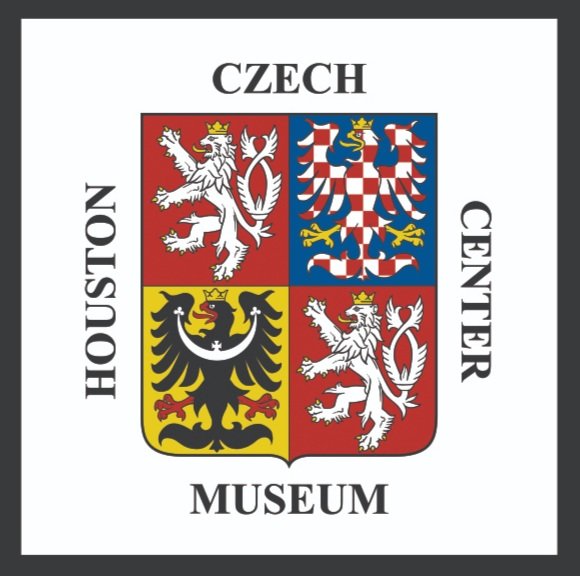Frantisek Kupka was born in Opocno, Bohemia (now the Czech Republic). He trained at the Academy of Fine Arts in Prague and Vienna. Kupka moved to Paris in 1896 and started experimenting with different styles after seeing Fauvist and Impressionist paintings at museums in the city.
Woman Picking Flowers (1909)
Early Orphism artists brought color back to the grayscale period of Cubism. Orphism is embedded in Cubism but learned towards abstraction. Orphism was one of the first art styles to introduce non-objective paintings. Non-objective paintings consist of geometric shapes to convey simplicity.
Piano Keys Lake (1905)
Piano Keys Lake (1905) was Kupka’s first Orphism piece. The painting contains a piano with some of the keys floating away. There are also people in a boat and more people on the shoreline. Nocturne (1910) is Kupka’s first abstract painting. The painting is made of multiple vertical brush strokes with shades of blue, green, and purple. The following year, he created Disks of Newton, Study for Fugue in Two Colors (1911), inspired by Isaac Newton’s color theory. Newton’s color theory was that color can be formed by white light. He used a prism to refract light that resulted in colors, which he then wrapped around itself to make a color wheel. Disks of Newton consist of multiple circles overlapping each other in various colors.
The Yellow Scale (1907)
Kupka passed away on June 24, 1957, in Puteaux, France. His paintings are still in exhibitions decades after he died. There will be an exhibit called Harmony and Dissonance: Orphism in Paris, 1910-1930, with some of Kupka’s work at the Guggenheim Museum in New York from November 8, 2024-March 9, 2025. Disks of Newton will be among the pieces displayed in the exhibit. A number of his paintings are housed at the same museum permanently.
Organization of Graphic Motifs II (1912-1913)
Madame Kupka between verticals (1911)
Kupka was one of the artists that developed Orphism. Orphism is an art form that focuses on color and abstraction. This art style was the shift from Cubism to abstract art. Cubism uses geometrical shapes in an abstract form to give the subject multiple perspectives. In Abstract art, cohesive figures are not seen, but colors, shapes, and forms are used to express emotions.
Woman Picking Flowers (1909)
The term Orphism was made by poet Guillaume Apollinaire, inspired by the Greek god Orpheus, known for his singing abilities. Orphism artists often arranged color after music scales to reach the abstraction of music. Music can bring out emotions even though it is not tethered to the real world. The artists also used bright colors to display movement.
Disks Of Newton, Study for Fugue in Two Colors (1911)
The Yellow Scale (1907) was Kupka’s first dip into color theory. The painting is a self-portrait with yellow as the dominating color. This painting is on view at the Houston Museum of Fine Arts. The Women Picking Flowers Series (1909) was Kupka’s earliest painting that conveyed motion. The woman’s silhouette is dark blue, and is moving from it because of the blurriness. Another painting that represents motion is the Organization of Graphic Motifs II (1912-1913). The piece looks like it is spinning downwards, decorated with vibrant colors.
Nocturne (1910)
Written by: Mikayla Faires
Sources:
Artmajeur. “History of Czech Art.” Artmajeur Online Art Gallery, 25 Nov. 2023, www.artmajeur.com/en/magazine/5-art-history/history-of-czech-art/334564.
Cushman, Emily. “František Kupka | Moma.” MOMA, 2016, www.moma.org/artists/3302.
“Harmony and Dissonance: Orphism in Paris, 1910–1930.” The Guggenheim Museums and Foundation, www.guggenheim.org/exhibition/harmony-and-dissonance-orphism-in-paris-1910-1930. Accessed 15 Aug. 2024.
“Orphism Movement Overview.” The Art Story, www.theartstory.org/movement/orphism/. Accessed 15 Aug. 2024.
“Price Database.” Artnet, www.artnet.com/artists/frantisek-kupka/. Accessed 15 Aug. 2024.
Sonn, Milton. “Kupka, Frantisek - 1909-10 Planes by Colors, Large Nude (Solomon R. Guggenheim Museum).” Flickr, Yahoo!, 15 Aug. 2024, www.flickr.com/photos/32357038@N08/3577355216.
Tate. “Non-Objective Art.” Tate, www.tate.org.uk/art/art-terms/n/non-objective-art#:~:text=Non%2Dobjective%20art%20defines%20a,sense%20of%20simplicity%20and%20purity. Accessed 15 Aug. 2024.
“The University of Chicago Library.” The Origins of Color - The University of Chicago Library, www.lib.uchicago.edu/collex/exhibits/originsof-color/color-theory/#:~:text=Newton%20had%20split%20white%20light,primary%20color%20was%2C%20however%20disputed. Accessed 15 Aug. 2024.









